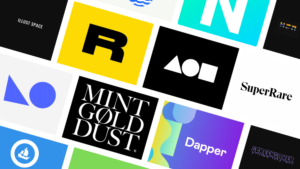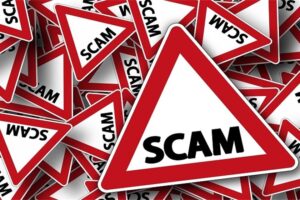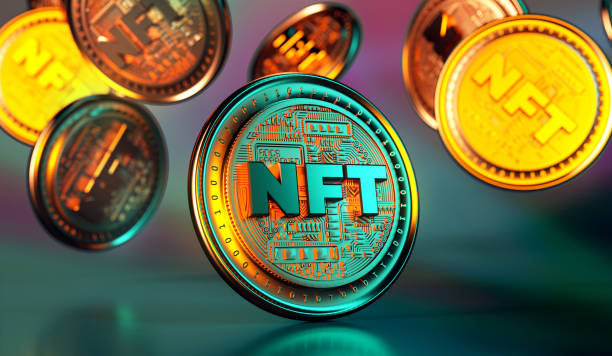Web3 has taken the world by storm. In the months ahead, we expect another wave of innovations, creators, buyers, and sellers to hit the scene. Along with consumers, new marketplaces will come out of nowhere. Those in the space know the problems with the current marketplaces; let’s unravel a few and discuss how this may change. OpenSea, Rarible, and SuperRare are among the world’s top NFT marketplaces and have grossed hundreds of millions of dollars since their inception. Although many people have and continue to use these platforms, complaints have been noted. One such criticism is the gas fees associated with minting, buying, and selling NFTs. This problem is not directly associated with any specific marketplace but is a by-product of the blockchain used to mint projects on these platforms. The cryptocurrency Ethereum has a technology that only allows a small number of transactions to be processed per minute, requiring consumers to battle for a slot. Those willing to pay a higher fee will have their transaction processed. Marketplaces have begun to onboard different blockchains, such as Polygon, Solona, and Tezos, as alternatives to Ethereum.
Scammers are a massive problem in the Web3 space. Scammers are finding elaborate ways to prey on unsuspecting victims. Each of us has a wallet that is uniquely our own; the items you mint, buy or sell are stored in that wallet. Phantom NFTs can be sent to your wallet address and appear in your feed. These phantom NFTs often have a bid placed on them; if you accept the bid, the scammer can drain your entire wallet. Nothing can be done when this happens; the community often sticks together to try and find the culprit. Marketplaces can introduce FailSafe to protect the consumer, but from what is reported, nothing ever gets done. There should be some kind of notification sent to you that allows you to accept or decline phantom NFTs. This is only one example of the scams that occur and the voices that go unheard when it’s all said and done. This leads us to the next big problem, customer service.

Out of all the complaints that are issued, the number one complaint is customer service. There seems to be no one you can talk to when something goes wrong. If a transaction fails and you lose your money, who can you turn to? It’s as if there’s a hands-off approach when it comes to these marketplaces. Thousands of dollars can be lost in a single botched transaction leaving a consumer scrambling for answers. There are no numbers to call, no direct representatives to speak to, just an email and a prayer. Countless people have lost money from hidden fees, failed transactions, and their wallets being compromised, and yet the system that deals with complaints has stayed the same. There needs to be 24/7 customer service and the chance to speak to a live representative. With these platforms making millions of dollars in an industry that is said to be a driving force for freedom, it should be commonplace to have exceptional customer service. If these platforms aspire to attain longevity, they need to address these issues immediately or face extinction.
Marketplaces are also breeding grounds for plagiarism and what we call Rug Pulls. Since anyone can post anonymously, it makes it easy for people to steal ideas and mimic collections. This is a very tricky subject; anyone can claim that their work is original, and it can be hard to decipher what project to interact with. The most popular NFT project is what we call PFPs (Profile Pictures), often computer-generated cartoon-like pictures that are easily duplicated. People fall victim to these types of scams on a daily basis. It is vital to stay in tune with the NFT community to siphon out the Rug Pulls from genuine projects. If enough people report a project, it will be taken down, but often times the damage is already done, and many people ultimately fall victim. Rug Pulls are projects that are overhyped to gain followers and liquidity, the creators of these projects advertise the project for weeks and sometimes months, and once the project finally drops, they disappear, taking thousands and sometimes millions of dollars with them. Some would say never enter a project simply for financial gain; research the creator and see if they have a track record of integrity. Regarding a rug pull, there is little that marketplaces can do. Some have implemented verification systems, but the NFT space is still the wild west of web3.
The web3 space is evolving, and it is vital that the NFT marketplaces evolve as well. There will be new marketplaces that will try to solve the problems that are listed above; those will be the marketplaces that consumers move towards. LooksRare is an example of an NFT marketplace that is leading the charge regarding giving back to the NFT marketplaces community. LooksRare offers rewards for using its platform. A percentage of overall sales goes to the consumer through “LOOKS” tokens that you can stake or cash out at any time. Overall these marketplaces must do better; the NFT community demands it and will not allow nonaction any longer. The NFT space was built to escape the web2 structure of greed and complacency. Although the spirit of web3 is high amongst artists and consumers, that same spirit must be mirrored in the platforms that are used to post, buy and sell NFTs.
